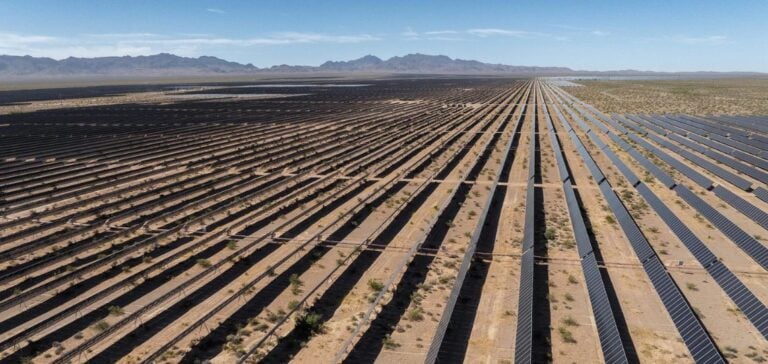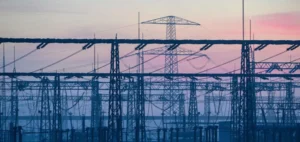In the first six months of 2024, the United States added 20.2 GW of new power generation capacity.
Solar power played a dominant role, accounting for 59% of these additions with 12 GW.
Texas and Florida, two key states in this field, together accounted for 38% of new solar installations.
Notable projects include the Gemini solar and storage power plant in Nevada, with a capacity of 690 MW, and the Lumina Solar project in Texas (653 MW), testifying to the rapid expansion of these technologies. Battery storage also stands out, with 4.2 GW of new capacity, or 21% of total additions.
The states of California, Texas, Arizona and Nevada accounted for the bulk of these installations, reinforcing the stability and resilience of the national power grid.
The Gemini project, in addition to its solar component, integrated 380 MW of storage capacity, while the Eleven Mile solar center in Arizona added 300 MW.
Diversification of Power Generation
Nuclear power saw a notable increase with the commercial commissioning of unit 4 at the Vogtle nuclear power plant in Georgia, adding 1,114 MW to the national grid.
This new unit gives Vogtle the status of the largest nuclear power plant in the United States, making it a crucial player in the diversification of the American energy mix.
At the same time, wind power capacity accounted for 12% of new installations, with 2.5 GW added.
Among the most significant projects were Canyon Wind (309 MW) and Goodnight (266 MW), both located in Texas, underlining the state’s position as a leader in wind power.
Reducing Capacity Withdrawals
Capacity retirements slowed in the first half of 2024, with 5.1 GW closed, down from 9.2 GW over the same period in 2023.
Natural gas-fired plants accounted for more than half of the closures, followed by coal-fired plants.
Among the largest, Seminole Electric Cooperative’s Unit 1 in Florida and the Homer City Generating Station in Pennsylvania, each with a capacity of 626 MW, as well as the closure of the Mystic Generating Station (1,413 MW) in Massachusetts, mark crucial milestones in the transformation of the American energy landscape.
Forecasts for the second half of 2024 indicate a continuation of this trend, with 42.6 GW of new capacity planned.
Solar power will continue to dominate, with an additional 25 GW, followed by battery storage with 10.8 GW and wind power with 4.6 GW.
If these projects come to fruition, the year 2024 could be marked by historic records in terms of added capacity, illustrating the continuing evolution towards more sustainable and resilient energy production.






















